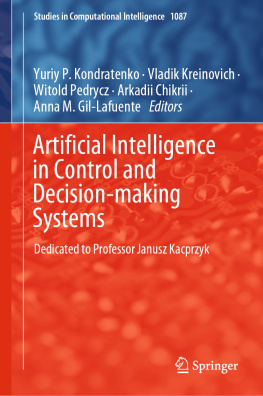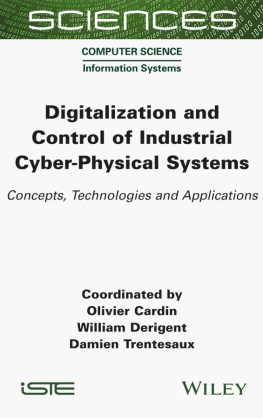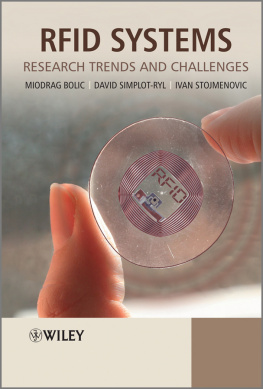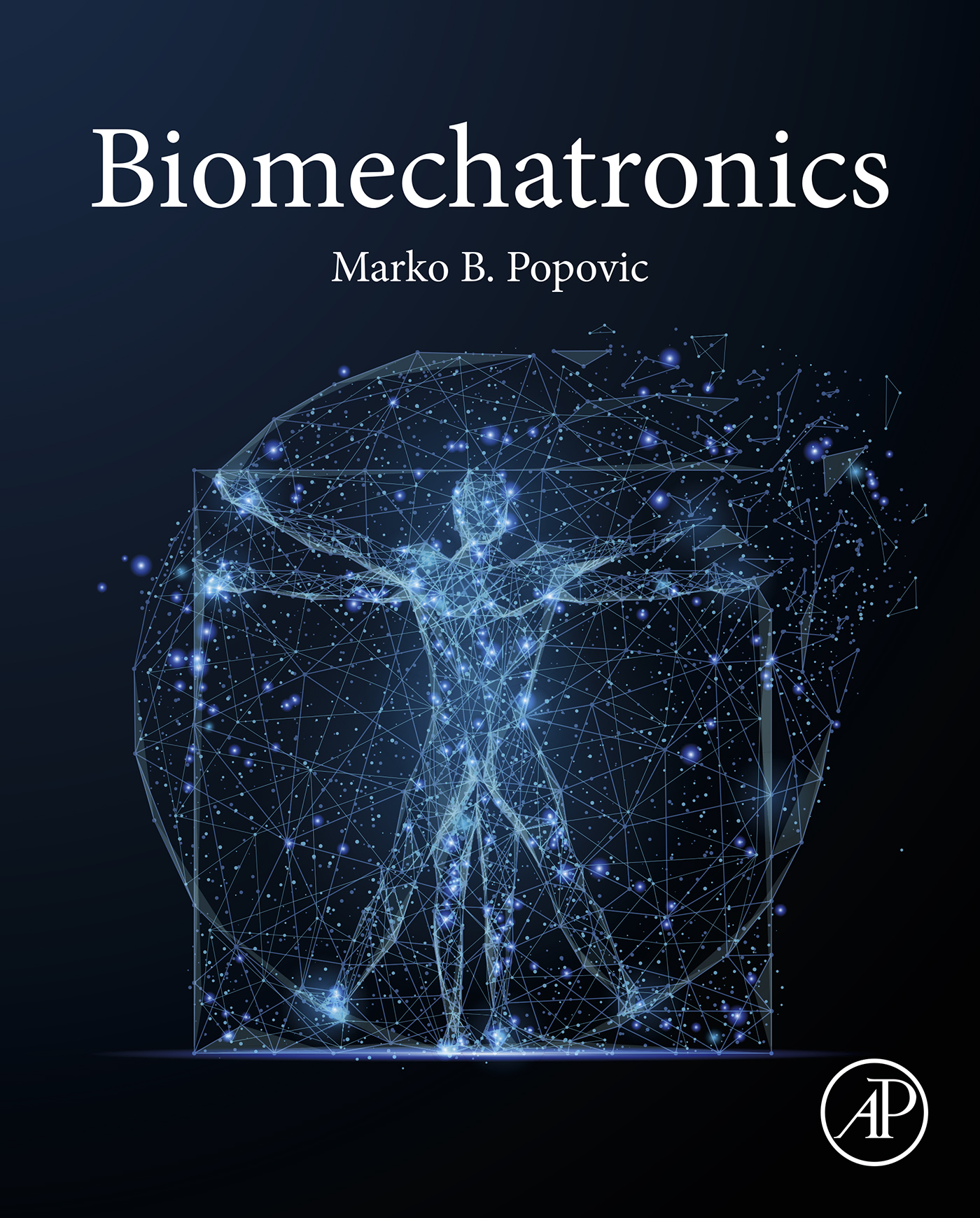Biomechatronics
First Edition
Marko B. Popovic

Copyright
Academic Press is an imprint of Elsevier
125 London Wall, London EC2Y 5AS, United Kingdom
525 B Street, Suite 1650, San Diego, CA 92101, United States
50 Hampshire Street, 5th Floor, Cambridge, MA 02139, United States
The Boulevard, Langford Lane, Kidlington, Oxford OX5 1GB, United Kingdom
2019 Elsevier Inc. All rights reserved.
No part of this publication may be reproduced or transmitted in any form or by any means, electronic or mechanical, including photocopying, recording, or any information storage and retrieval system, without permission in writing from the publisher. Details on how to seek permission, further information about the Publishers permissions policies and our arrangements with organizations such as the Copyright Clearance Center and the Copyright Licensing Agency, can be found at our website: www.elsevier.com/permissions.
This book and the individual contributions contained in it are protected under copyright by the Publisher (other than as may be noted herein).
Notices
Knowledge and best practice in this field are constantly changing. As new research and experience broaden our understanding, changes in research methods, professional practices, or medical treatment may become necessary.
Practitioners and researchers must always rely on their own experience and knowledge in evaluating and using any information, methods, compounds, or experiments described herein. In using such information or methods they should be mindful of their own safety and the safety of others, including parties for whom they have a professional responsibility.
To the fullest extent of the law, neither the Publisher nor the authors, contributors, or editors, assume any liability for any injury and/or damage to persons or property as a matter of products liability, negligence or otherwise, or from any use or operation of any methods, products, instructions, or ideas contained in the material herein.
Library of Congress Cataloging-in-Publication Data
A catalog record for this book is available from the Library of Congress
British Library Cataloguing-in-Publication Data
A catalogue record for this book is available from the British Library
ISBN 978-0-12-812939-5
For information on all Academic Press publications visit our website at https://www.elsevier.com/books-and-journals

Publisher: Mara Conner
Acquisition Editor: Chris Katsaropoulos
Editorial Project Manager: Andrae Akeh
Production Project Manager: Surya Narayanan Jayachandran
Cover Designer: Miles Hitchen
Typeset by SPi Global, India
Contributors
Yunus Ziya Arslan Istanbul University, Istanbul, Turkey
Philipp Beckerle
Technische Universitt Dortmund, Dortmund
Technische Universitt Darmstadt, Darmstadt, Germany
Matthew P. Bowers Worcester Polytechnic Institute, Worcester, MA, United States
Pinar Boyraz
Chalmers University of Technology, Gothenburg, Sweden
Istanbul Technical University, Istanbul, Turkey
Ana Djuric Wayne State University, Detroit, MI, United States
Ivo Dobrev University Hospital Zurich, University Zurich, Zrich, Switzerland
Gregory Fischer Worcester Polytechnic Institute, Worcester, MA, United States
Adam D. Goodworth University of Hartford, Hartford, CT, United States
Keiji Iramina Kyushu University, Fukuoka, Japan
Songbai Ji Worcester Polytechnic Institute, Worcester, MA, United States
Michelle J. Johnson University of Pennsylvania, Philadelphia, PA, United States
Vukica Jovanovic Old Dominion University, Norfolk, VA, United States
Krishnanand N. Kaipa Old Dominion University, Norfolk, VA, United States
Derya Karabulut Istanbul University, Istanbul, Turkey
Kathleen A. Lamkin-Kennard Rochester Institute of Technology, Rochester, NY, United States
Minas Liarokapis The University of Auckland, Auckland, New Zealand
Ming Luo Stanford University, Stanford, CA, United States
Jun Ohta Nara Institute of Science and Technology (NAIST), Nara, Japan
Cagdas Onal Worcester Polytechnic Institute, Worcester, MA, United States
Faruk Ortes Istanbul University, Istanbul, Turkey
Taskin Padir Northeastern University, Boston, MA, United States
Marko B. Popovic Worcester Polytechnic Institute, Worcester, MA, United States
Dmitry A. Sinyukov Northeastern University, Boston, MA, United States
Hiroyuki Tashiro Kyushu University, Fukuoka, Japan
Yasuo Terasawa Nidek Co., Ltd., Aichi, Japan
Kimberly Tetreault Gaylord Hospital, Wallingford, CT, United States
Karen L. Troy Worcester Polytechnic Institute, Worcester, MA, United States
Steffen Willwacher German Sport University Cologne, Cologne, Germany
Introduction
Marko B. Popovic Worcester Polytechnic Institute, Worcester, MA, United States
Abstract
Biomechatronics holds a promise to be one of the most influential innovative research directions defining the 21st century. Here, a notion of biomechatronics is defined and various topics encompassed by this crown of science and technology are briefly reviewed in the context of material presented in this book.
Keywords
Biomechatronics; Biological; Mechatronics; Robotics; Bionic
Born at the turn of the 21st century, the word biomechatronics refers to an interdisciplinary field that closely merges biological and mechatronics systems.
Here, mechatronics refers to technology combining electronics and mechanical engineering according to its dictionary definition.
The word biomechatronics, also initially written as bio-mechatronics, has been in use since the late 1990s. Since then, numerous authors have attempted to provide a concise and accurate definition that would most appropriately describe this popular field. Unfortunately, the majority of them failed to some extent either because they artificially limited its notion to only a very specialized subfield, typically, closely related to their own research theme or topic, or because they regrettably missed to fully recognize a fine ambiguity in the level of unification of biological and synthetic systems, here, specifically mechatronics systems.
For example, consider a human driving a car. Is that a biomechatronic system? Probably not, if the car is just an old-fashioned 20th-century car, a machine which is merely mechanically operated by human driver. And probably yes, if the car is an advanced 21st-century car which interfaces more closely with human driver and directly affects the process of driving through a controlled feedback loop. Imagine that this car can sense its environment, own state, and state of the human driver. It can understand user intent, has different levels of communication with a user, and can provide automatic breaking or steering when necessary. For example, interior car cameras can decipher user's attention and direction in which the driver is glimpsing at, based on the orientation of the driver's head and location of irises and eye pupils. Moreover, tremor in operation of steering wheel or gas pedal can be removed or even car seat and specifically neck support could change stiffness levels based on vibration levels introduced by different road conditions. Clearly, this is a prime example of biomechatronic system and human-machine merging.









